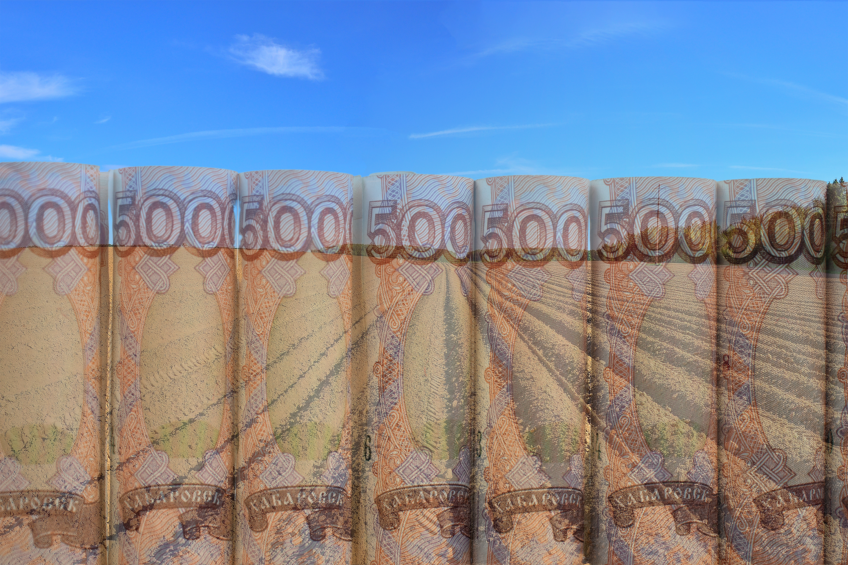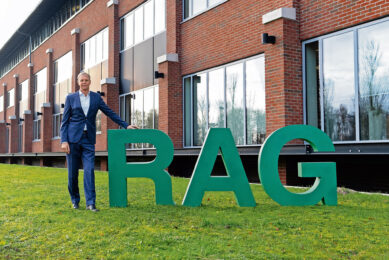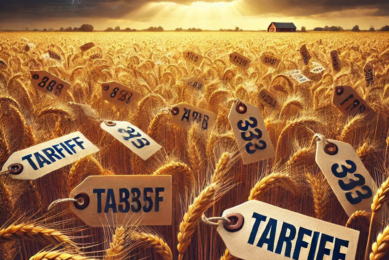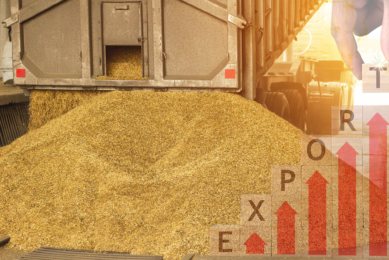Russia to scale down state aid for agriculture

The strained Russian budget will lower payments to Russian farmers under virtually all state aid programmes starting from the next year by nearly 60%, according to a draft Russian budget for 2025-2027 recently published by the Russian government.
In total, the government plans to spend Rub 267 billion ($2.8 billion) to support agriculture in 2025, Rub 274 billion ($2.87 billion) in 2026 and 277 billion ($2.9 billion) in 2027, the government revealed. This is substantially lower compared with the previous years. In 2024, the Russian authorities expect to pay Rub 420 billion ($4.4 billion) under numerous state aid programmes to agricultural manufacturers.
Similar to previous years, the largest expense item is stimulating investments—a broad category primarily involving state subsidies of the interest rate of commercial loans. The government plans to spend around Rub 101 billion ($1.05 billion) on this purpose, nearly half of the figure in 2024.
Major budget cuts in funding
In some sectors, budget funding was cut immensely. For instance, the authorities plan to lower the funding of the Unmanned Aircraft Systems federal programme, which supports the design and use of agricultural drones by nearly 95%.
The funding of a separate programme called to improve the independence and competitiveness of domestic agriculture will also be halved next year to Rub 583 million ($6 million).
Remarkably, at the end of September, Oksana Lut, the Russian Agricultural Minister, claimed that the authorities preliminary scheduled to spend Rub 500 billion ($5.2 billion) to support agriculture in 2025 but worked on boosting this figure to Rub 560 billion ($5.7 billion).
Widening budget deficit
It is not clear why the major cut in state funding for state aid programmes occurred, but the growing Russian budget deficit might be to blame. As the government expected, the federal budget is due to be executed with a deficit of 0.5% of GDP in 2025, 0.9% of GDP in 2026, and 1.1% in 2027.
The deficit appears painful for the Russian economy, which has limited options for borrowing funds on the global finance market due to Western sanctions.
Ag industry yet to react to cuts
Russian farmers and business organisations have yet to react to the government’s plans to lower the state funding of agriculture.
However, in previous years, market players consistently praised governmental help as one of the industry’s pillars, underscoring the crucial role of the government in allowing the industry to continue expanding production performance.
For example, the Russian Union of Poultry Farmers Rosptitsesouz indicated that state aid was crucial for the industry to boost output and constrain food inflation. In a January 2024 letter to the Russian government, Rosptitsesouz, in particular, emphasised the importance of the government’s efforts to encourage investments in the sector.











